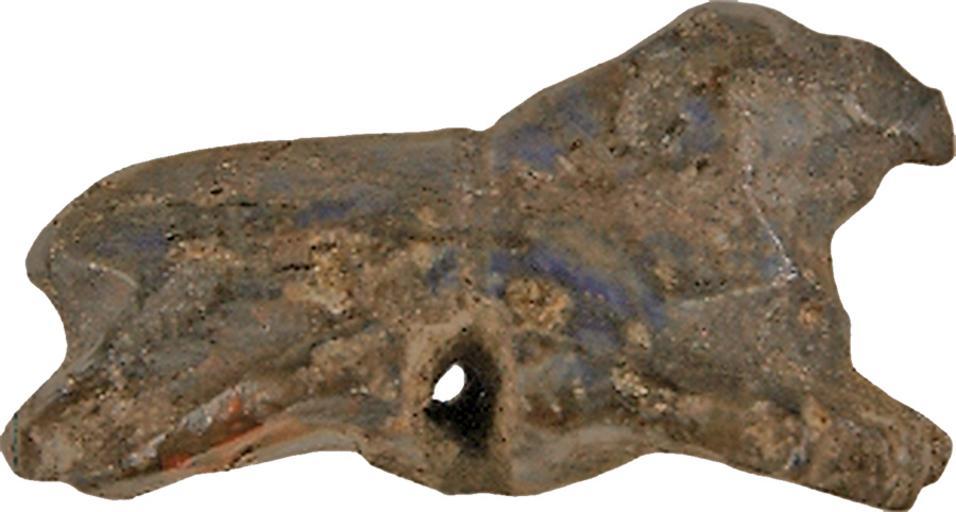MAKE A MEME
View Large Image

| View Original: | Egyptian_-_Naturalistic_Scarab_with_Hawk's_Head_-_Walters_42375_-_Right.jpg (900x482) | |||
| Download: | Original | Medium | Small | Thumb |
| Courtesy of: | commons.wikimedia.org | More Like This | ||
| Keywords: Egyptian - Naturalistic Scarab with Hawk's Head - Walters 42375 - Right.jpg The ancient Egyptians believed that the dung beetle the Scarabaeus sacer was one of the manifestations of the sun god Representations of these beetles were used as amulets and for ritual or administrative purposes This scaraboid combines the type of a naturalistic scarab with hawk head The back of the scarab is flat and the hawk head raised The pronotum dorsal plate of the prothorax and the elytron wing cases are separated by an incised partition line The head of the hawk is modeled and the round eyes were originally inlaid The extremities and belly are simply modeled and somewhat stocky A central notch is at each edge The body is detailed executed for its small size and the hawk head and beetle body join in a balanced way The bottom is more roughly carved the outer shape is reminiscent of natural formed scarabs the front with deep serration notches but there are no extremities molded on the underside The basic form of the scaraboid is long-oval The hawk-scaraboid has a regenerative connotation and was most probably attached to mummy wrappings The hawk head of the amulet strengthens the solar renewal connotation of the amulet and may focus on the transition aspect between 664 525 BC Late Period blue lapis lazuli cm 1 4 0 9 0 75 accession number 42 375 30303 Henry Walters Baltimore 1930 mode of acquisition unknown Walters Art Museum Henry Walters Acquired by Henry Walters 1930 place of origin Egypt Walters Art Museum license Ancient Egyptian scarabs in the Walters Art Museum | ||||